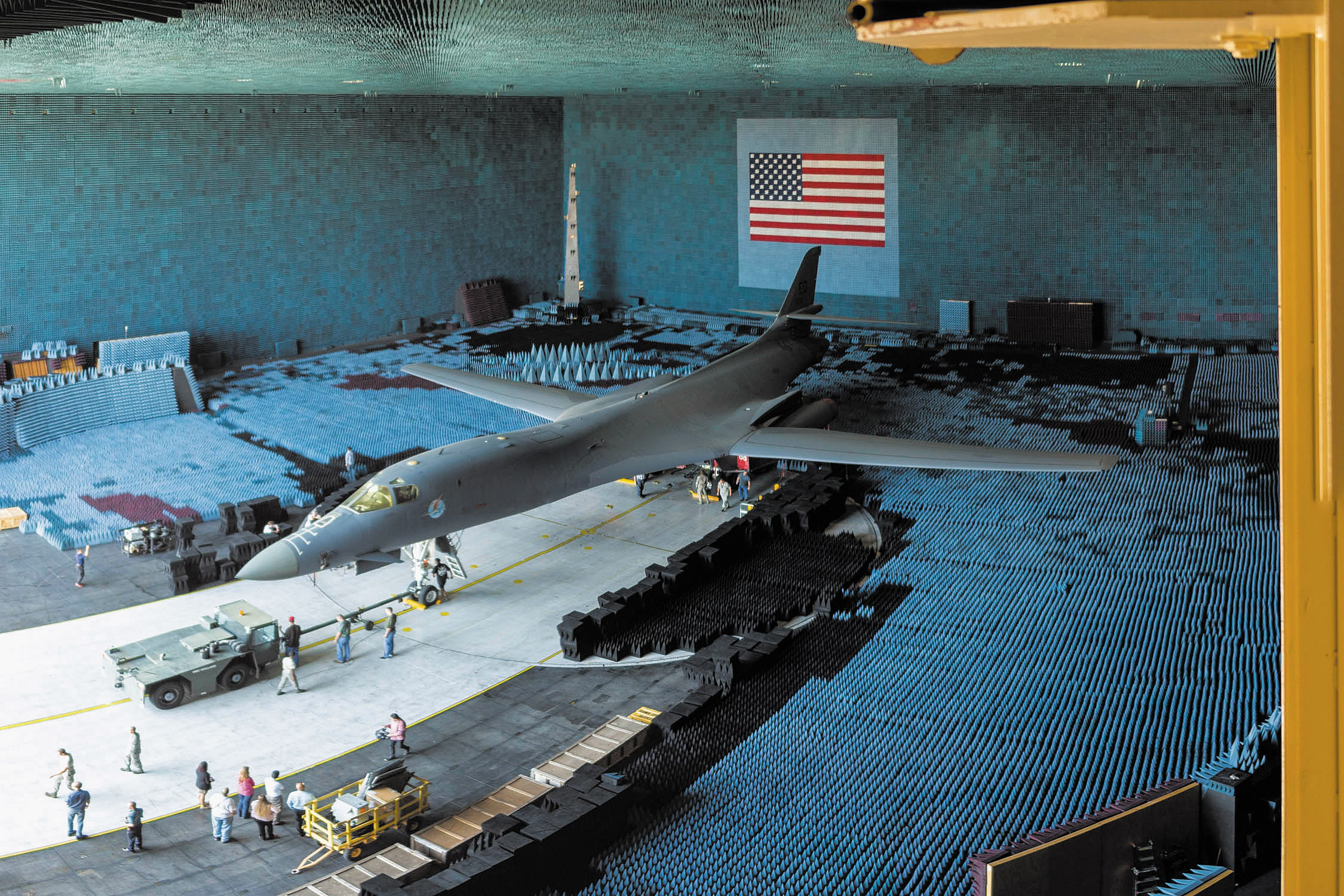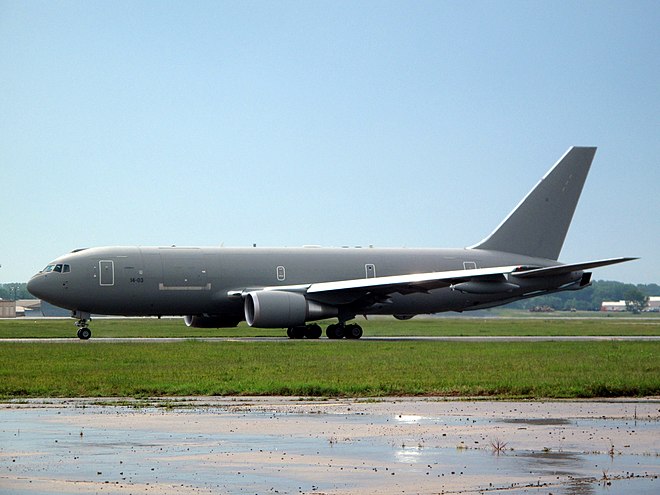
Watchman on the seashore
Thales has proven that the Watchkeeper can effectively support the operations of the Royal Navy, even if used by the British Army.
The Watchkeeper unmanned aerial system was finally accepted into combat service in the British Army more than two years ago and has since earned the recognition of users, and thanks to the use of Herrick received the status of "battle-proven". in Afghanistan at the last stage of the operation in 2014. All this does not mean, however, that its development has been completed. On the contrary, work is constantly underway to further expand the capabilities of the system and expand the scope of its application. In October of this year. took part in the highly anticipated exercise Unmanned Warrior 2016, a two-week effort by the Royal Navy to test new unmanned systems in the marine environment.
Thales was one of the most important of more than 50 participants - government agencies, research centers, industrial enterprises. Prepared for action during Unmanned Warrior 2016 drones, underwater and aerial, which performed tasks related to geospatial intelligence (GEOINT), detection and combat of submarines, reconnaissance, surveillance, targeting and combating mine threats. The exercise was aimed at demonstrating the capabilities of unmanned aerial vehicles and providing practical information on their use so that military leaders could form an opinion on the possibility of developing appropriate tactics for their use, as well as form an opinion on the actual usefulness of new solutions and technologies associated with unmanned aerial vehicles. .
Thales, as befits a European giant in the field of electronics and defense industry, presented two unmanned platforms at Unmaned Warrior 2016. The first was the Halcyon Unmanned Surface Vehicle (USV) equipped with Thales Synthetic Aperture Sonar (T-SAS), with which it demonstrated the ability to detect mines at long ranges. Halcyon, along with most other drones, operated off the west coast of Scotland.
The second Thales unmanned system to participate in the exercise was the Watchkeeper, well known in Poland for its participation in the Polish Armed Forces Medium-Range Tactical Reconnaissance System program (codenamed Gryf). His aircraft first took to the air in April 2010 and from the very beginning was to be used for reconnaissance, surveillance and guidance on artillery targets. The fulfillment of these tasks was to be provided by two high-class surveillance systems: optoelectronic, with a three-sensor head and radar, with an I-Master synthetic aperture radar.

